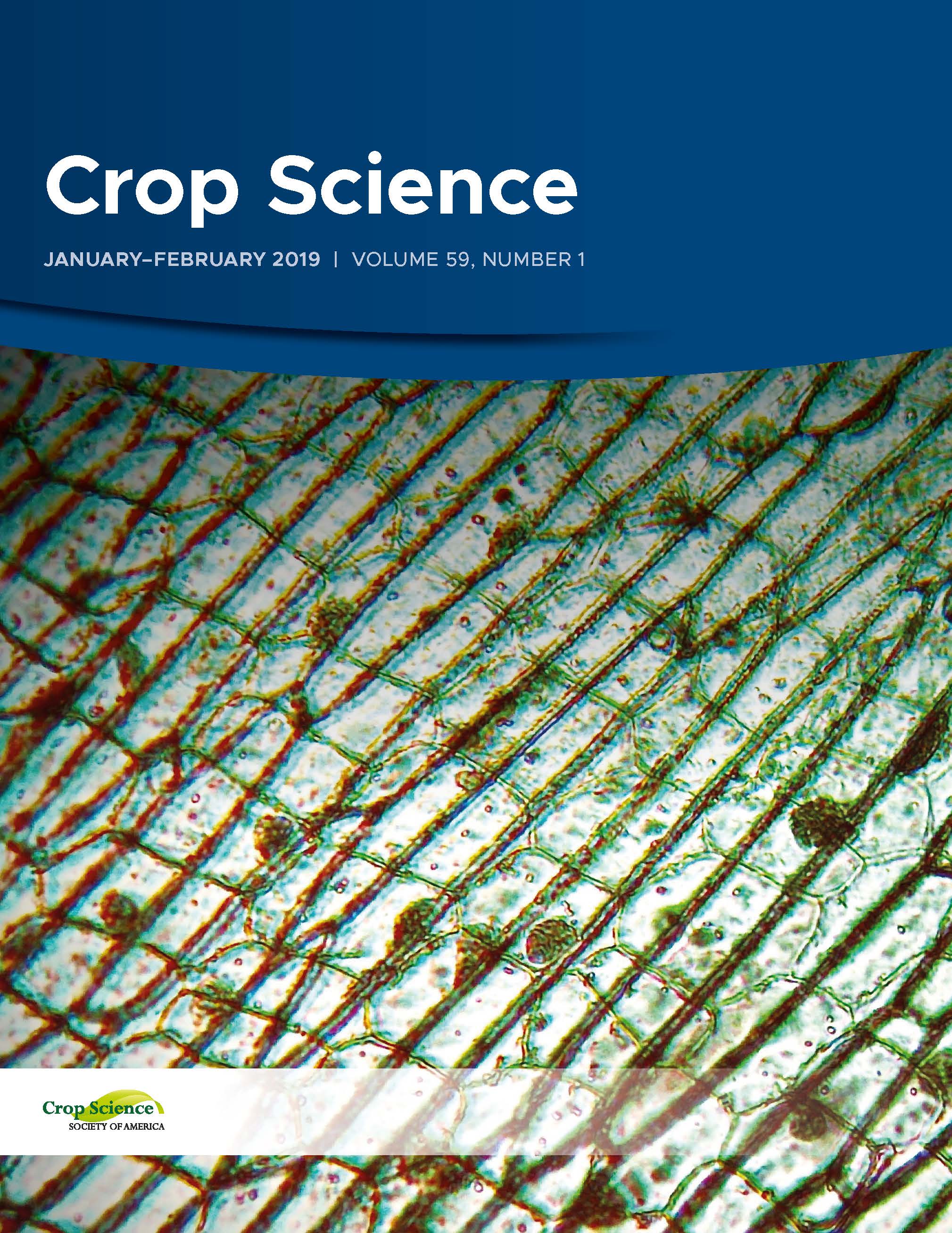Ver ítem
- xmlui.general.dspace_homeCentros Regionales y EEAsCentro Regional CorrientesEEA CorrientesArtículos científicosxmlui.ArtifactBrowser.ItemViewer.trail
- Inicio
- Centros Regionales y EEAs
- Centro Regional Corrientes
- EEA Corrientes
- Artículos científicos
- Ver ítem
Breeding Tetraploid Paspalum simplex: Hybridization, Early Identification of Apomicts and Impact of Apomixis on Hybrid Performance
Resumen
Apomictic grasses predominate among tropical forages, and specific breeding techniques are needed for their genetic improvement. The objectives of this study were (i) to generate hybrids by crossing tetraploid sexual and apomictic Paspalum simplex Morong genotypes, (ii) to develop a technique based on molecular markers for early identification of apomictic hybrids, and (iii) to determine the relationship between mode of reproduction and performance of
[ver mas...]
Apomictic grasses predominate among tropical forages, and specific breeding techniques are needed for their genetic improvement. The objectives of this study were (i) to generate hybrids by crossing tetraploid sexual and apomictic Paspalum simplex Morong genotypes, (ii) to develop a technique based on molecular markers for early identification of apomictic hybrids, and (iii) to determine the relationship between mode of reproduction and performance of hybrids. Crosses were made between two induced sexual and seven apomictic tetraploid plants. Identification of apomictic hybrids during seedling stage was performed using a marker linked to apomixis, and by flow cytometric seed analysis. Hybrids were evaluated under field conditions for plant diameter and height, initial growth, and seasonal regrowth during two consecutive growing seasons. Sexual tetraploid plants used as female parents behaved as allogamous, since 95% of the progeny had male-specific markers. The ratio between apomictic and sexual hybrids differed from 1:8.7 to 1:0.6 among crosses, with a mean of 1:2.4. There was a 96% coincidence between the use of the apomixis-linked marker and flow cytometric seed analysis. A technique based on the use of early DNA isolation and the amplification of a molecular marker linked to apomixis was developed. We found no overall difference between apomictic and sexual hybrids for the evaluated traits, except for fall regrowth in the first year, for which apomictic hybrids were superior. Generation of large tetraploid hybrid progenies is possible in P. simplex. Segregation for mode of reproduction depends on parents involved. Agronomic performance is not related to reproductive mode among tetraploid hybrids.
[Cerrar]

Fuente
Crop Science 59 (4) : 1617-1624 (July-August 2019)
Fecha
2019
Editorial
Wiley
ISSN
0011-183X
Formato
pdf
Tipo de documento
artículo
Palabras Claves
Derechos de acceso
Restringido
 Excepto donde se diga explicitamente, este item se publica bajo la siguiente descripción: Creative Commons Attribution-NonCommercial-ShareAlike 2.5 Unported (CC BY-NC-SA 2.5)
Excepto donde se diga explicitamente, este item se publica bajo la siguiente descripción: Creative Commons Attribution-NonCommercial-ShareAlike 2.5 Unported (CC BY-NC-SA 2.5)


